OPPO has changed their tack in recent years moving from living exclusively in the entry and mid levels moving into the much more exclusive ultra-premium range. Last year they debuted the Reno 5G and Reno 10x Zoom in Australia but this year they are taking a step up again with a device that is set to be able to compete with the best of devices on all levels — the Find X2 Pro.
The Find series has only been used a few times in OPPO’s history and has been held aside for devices where they put their heart and entire focus into. This year the Find X2 Pro looks to be set to be this, and then some.
We loved the OnePlus 8 Pro that we reviewed a few weeks ago and that is a hard act to follow for stable-mate OPPO. The devices share much of the same DNA, manufactured using the same supply chains we were looking forward to seeing if and how OPPO could out-do their upstart sibling. Read on for our thoughts on how the OPPO Find X2 Pro is their best smartphone ever.
| Pros | Cons |
|---|---|
| Highest rated smartphone display | Software still has a few issues |
| Sleek, solid design | Battery life good but not great |
| SuperVOOC 2.0 fastest wired charging on the market | No wireless charging |
| One of the best smartphone cameras available in 2020 |
OPPO can do hardware as good as anyone
OPPO has made a name for themselves with their hardware in the past few years. Their ability to machine great looking — and great feeling — devices at a relatively affordable price is unmatched.
The Find X2 Pro is not a light device, coming in at 217gm for the ceramic version and 200gm for the vegan leather version. Is it too heavy? No but it is certainly a hefty device, heftier than the OnePlus 8 Pro that is for sure — 10% more.
Turn on the device and you are met with the same display that is in the OnePlus 8 Pro — albeit a smidgen smaller, 6.7 vs 6.78-inch. The display is possibly the best display in any smartphone so far this year, winning a host of awards for best in class from DisplayMate.
The display is the same waterfall design as the OnePlus 8 Pro and has the same 2K resolution, supports 120Hz refresh rate, the same location for the punch hole camera and some of the smallest top and bottom bezels you have ever seen. Yes you can run the display at full resolution using the 120Hz refresh rate and it is an amazing experience.
The fingerprint sensor, as for all ultra-premium flagships in 2020, is located underneath the display — this is one of the best fingerprint sensors I have used. It is faster than Huawei and Samsung and not surprisingly on a par with OnePlus.
OPPO has included some similar display software that OnePlus did but has gone even further with their O1 Ultra Vision Engine. This is a combination of hardware and software supporting Motion Clear-video motion enhancement and HDR Video Enhancement.
It supports motion compensation and can greatly increase the frame rate of film, TV and sports with frame rates below 30 to 60 or 120 frames resulting in a smoother experience — similar to MEMC. Using frame interpolation techniques to upscale frame rates, video content that is shot at 24fps or 30fps can be viewed at 60 or even 120fps on the Find X2 Pro using Motion Clear Enhancement. It will also convert SDR video to HDR.
The phone tells you when any of these software or hardware optimisations are operating. It will work in third party apps as well as OPPO’s apps. The third party apps which are supported include Netflix, YouTube, Amazon Prime Video and VLC. With all these features watching media on this device was a pleasure to say the least. It is a great immersive experience using such a vibrant display and these software and hardware optimisations.
As for power under the hood running the phone OPPO didn’t miss anything here. A Snapdragon 865 with X55 5G modem coupled with 12GB of RAM and 512GB of storage means that even the heaviest users should be able to get a top notch experience.
Battery, charging and battery life
Firstly, the charging hardware includes a 4,260mAh battery which is charged using the fastest wired charging currently available on our market — SuperVOOC 2.0. SuperVOOC 2.0 arrives with a 65W charger and can charge the device fully in just 38 minutes. Of course I wanted to test this out in real world scenarios — the graph below shows the figures I got for charging speeds. Charging from 5% to 100% took around 39 minutes with a small amount of usage while charging.
Although this charging is mind blowing and one of the best features of the phone, the biggest miss for the device occurs here as well. Wireless charging. Every other ultra-premium device on the market offers this. OPPO’s stable-mate OnePlus included their 30W Warp Wireless Charging in their ultra-premium smartphone. OPPO has included none.
The Find X2 Pro was rumoured to be including 30W wireless charging as well but when it was announced it was missing entirely. Is it really required when you can charge a device at the SuperVOOC 2.0 speeds? Maybe not but it is easier to buy multiple wireless chargers than it is to either carry your charger with you or buy another 65W SuperVOOC 2.0 wall charger — one for work and one for home. Hardware-wise this is the ONLY miss in this device IMO. According to Aliexpress I can buy one for around $40 but that is with a US plug, not an AU plug.
So how likely is it that I am going to need to charge the device during the day anyway? The battery life on the Find X2 Pro sits somewhere between the OnePlus 8 Pro and the Samsung Galaxy S20 Ultra. I put that down to a heavier skin than the OnePlus but not as heavy and intrusive as the S20 Ultra (and the Ultra was at a lower display resolution).
I was able to get close to 5 hours of screen on time with the usual YouTube and video streaming along with some Bluetooth music streaming and relatively heavy use. Taking it off the charger at 5am it was able to last until around the 6pm mark. The beauty of it was you then plug it in using their GaN 65W charger and within 10 minutes you are at 50%. SuperVOOC 2.0 is amazing.
Is the software improved?
I was one of the biggest ColorOS detractors a few years ago. I may have nearly ruined Ausdroid’s relationship with OPPO but true to any company that wants to improve they took my criticisms on-board and built on them. Yes it was ALL me. You’re welcome.
In all seriousness though OPPO really has learnt from the criticism they received from users in western markets and has implemented many changes in the past few years to a point where there are now very few instances where I am frustrated by ColorOS. Sure it’s not as good as the industry-leading OxygenOS from OnePlus but it is certainly not one that will make you tear your hair out anymore — even from this time last year with the Reno 5G to now they have made some great changes.
There are a heap of options in the settings once again that seem to add a lot of usefulness to the device:
- There are multiple options for navigating the device including Google’s new side swipe gesture navigation (something that Samsung hasn’t been able to do yet) — except OPPO has improved it with a long swipe and hold taking you to the previous app.
- Face unlock is something OPPO has always done better than everyone else. This device is no different. It is fast and accurate, never failing and faster than anything else — well, maybe the same as the OnePlus 8 Pro. Lift to turn display on and it will automatically unlock (and you can have it then go straight to where ever it was when you locked it) or you can have it require a swipe up on the display to get into the OS.
- The style and design being much closer to the stock stylish, elegant Android theme — no more cartoonish ColorOS theme (although you can theme it that way if you want to using the theme store). This is one of the biggest improvements in ColorOS — a huge improvement in the visual elegance.
There is no longer an annoying coloured status bar when hotspot is on, LastPass and other apps do not continue dropping their accessibility settings anymore.
There are still a few very minor issues though. OPPO for some reason have hidden really well the pattern unlock — something that is as Android as Andy and Mandy themselves. If you set a code, yes they make a code the default lockscreen unlock, at setup you need to cancel and delete all unlock methods once it is setup and then dig down into the lockscreen password menu to find the pattern unlock. I have no idea why OPPO continue to hide pattern unlock but it is very annoying. Maybe it’s a hangover from when they copied everything from Apple’s iOS in the early days?
Another thing that has been a part of Android for quite a while is the double tap the power button to launch the camera. OPPO did not include it with ColorOS 6 and still don’t with ColorOS 7. This really sucks, especially when you have a fast moving kid or puppy that won’t sit still while you open the app. To alleviate this slightly I added the camera icon as the only icon to the side bar that swipes out from the side.
This solution is not as quick as the double tap power button but a decent solution nonetheless. No idea why OPPO refuse to include this — their solution is the camera icon on the lockscreen. This is no good when the ultra fast face unlock unlocks the device and skips the lockscreen before you have had a chance to launch the camera.
How does it run though? Good but not OnePlus great. There is an ever so slight lag and redraw when going to Nova home launcher but using the OPPO launcher which many will do there is no issue at all. Apps load quickly (not as quick as the OnePlus 8 Pro) and without any issue. There is a very occasional issue or bug I noticed with the lockscreen content displaying for a split second on the display after it had been unlocked. eg. The YouTube Music banner and/or the clock from the lockscreen displayed over the home screen for a split screen after unlocking the device.
Are the camera chops as good as other ultra-premium devices?
OPPO put some decent cameras in their Reno 5G and Reno 10x Zoom last year and htis year for the Find X2 Pro is no different. Inside is a 48MP main lens with a 13MP periscope telephoto lens and a 48MP ultrawide lens with autofocus to top it off.
Gone is the sharkfin camera and instead in a 32MP punch hole camera that is so common in devices this year. It is likely that OPPO have gone down this path so they are able to get that IP68 waterproof rating — moving parts tend to prevent that.
The OPPO comes highly recommended having scored only behind the Honor 30 Pro+ for smartphones that are usable in the western world scoring 124 on their rankings. OPPO have been promising us great cameras for a while and knew that it was an area they needed to work on. This year they have apparently delivered but let’s check out the results for themselves.
Let’s not forget about the 10x hybrid zoom and up to 60x digital zoom:
What good is having multiple high end smartphones on you if you cannot do a few comparisons either. As you can see below the OPPO Find X2 Pro stacks up extremely well against the Galaxy S20 Ultra (maybe DxOMark have it right this time?):
The 32MP selfie camera produces some of the nicest images I have ever seen and is fairly accurate with its portrait mode — depending on the background. As you can see below it struggled with the edge of me with the chair a similar colour so close to me. Just remember to turn off beauty mode — this should not be on by default OPPO — see below the hideous face it produced (and the hideous face it produced when turned off).
OPPO have worked on their night mode for a long time and finally seem to have something usable. The night time pictures were great, although they weren’t captured fast enough to get a motionless picture of a puppy at night — not really a surprise, no matter the device.
So what’s not so good about the Find X2 Pro?
For the first time in a long time with an OPPO smartphone it is tough to come up with things that I dislike about the Find X2 Pro.
ColorOS, while greatly improved still has some improvement in it. It is fast(ish) but could be faster with less lag. The very occasional hang up, even with this amount of RAM should not happen. It is no OxygenOS or Pixel Experience but that faster OS is something for OPPO to aspire to. With the strides they have made in even the last two years I think they could get very close in a short period of time.
Could I still use the software everyday? For sure. The software is still better than Samsung’s OneUI and LG’s and the additions they have made make it very customisable. They just need to figure out how to improve speed with the software rather than just throwing big numbers at it.
The lack of wireless charging is possibly the biggest miss for OPPO. To not include it in an ultra-premium device is close to inexcusable. When you are paying this much you expect nothing but the best. The 65W SuperVOOC 2.0 mostly makes up for the missing wireless charging but it doesn’t entirely.
So should you buy one?
I would possibly say that this is the best available device on the Australian market today. If you want full 5G support, VoLTE, VoWiFi along with local warranty and support you cannot go past this device — and that is the advantage of it over the OnePlus 5G. Add in a first for OPPO with its IP68 rating and it’s a close to complete smartphone.
The camera is close to the industry-best (I don’t include Huawei any more unfortunately due to the inability to use it on a daily basis thanks to Trump’s Entity List) which is another thing that sets it apart. The camera is the best available in Australia according to DxOMark.
I would say that if you want a device you can buy locally without having to worry about grey market importers and their sometimes-shonky warranty support along with getting some bonuses with your purchases (for a limited time) then get this.
This display is gorgeous in every way and the software is well themed and designed. The software does have some drawbacks still but they lessen with each and every version of ColorOS that is rolled out.
At just $1,599 for an ultra-premium 5G device that is available from multiple locations in a nice looking Ceramic Black and a stunningly vibrant Vegan Leather Orange it is a device that would not disappoint if you are in the market for such as device.
I highly recommend it with very little hesitation. Go and check it out instore before purchasing, you will not be sorry.

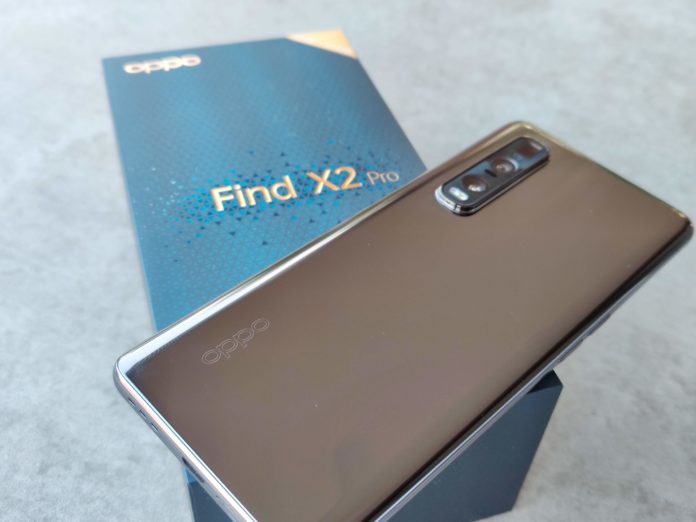


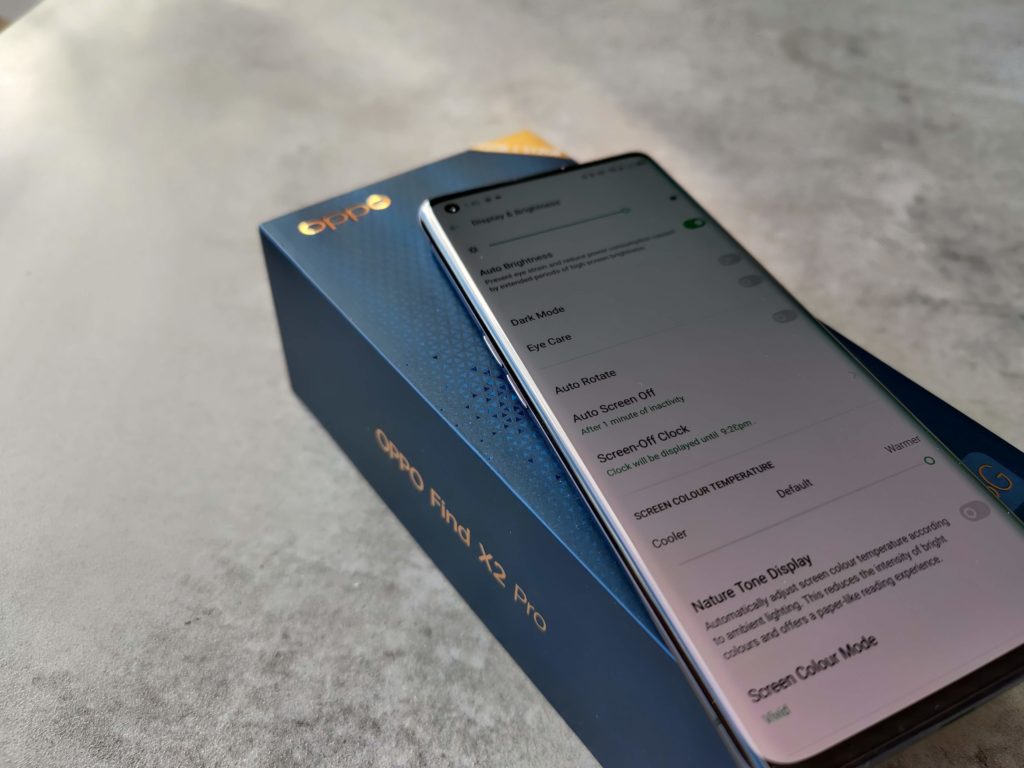

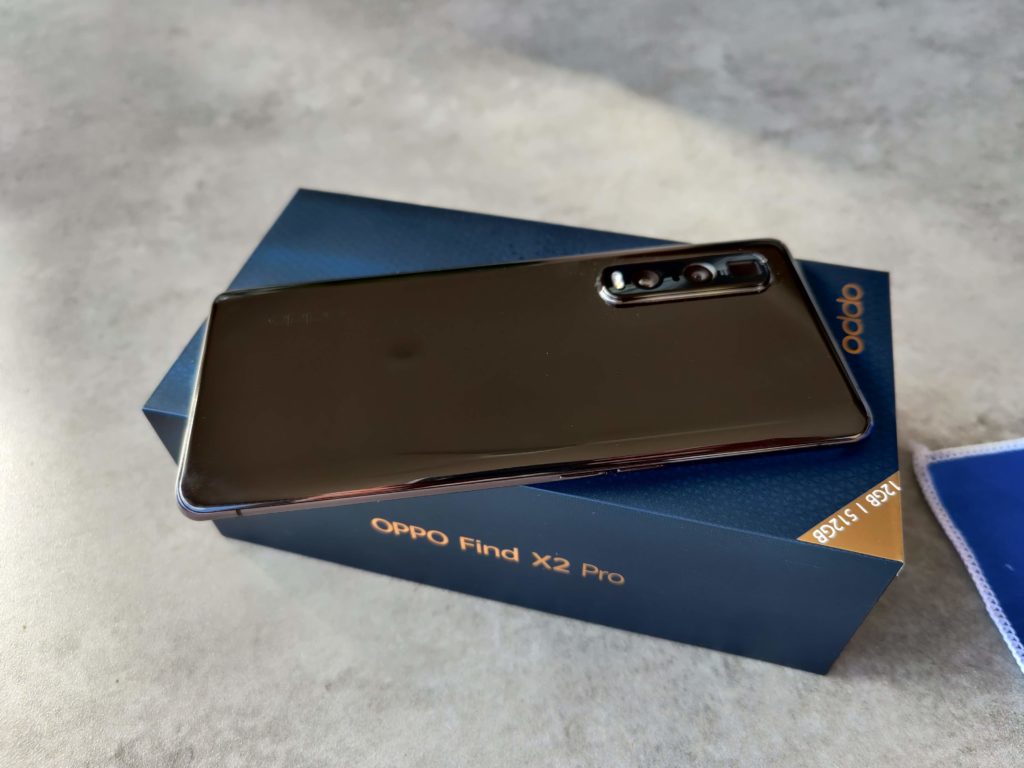
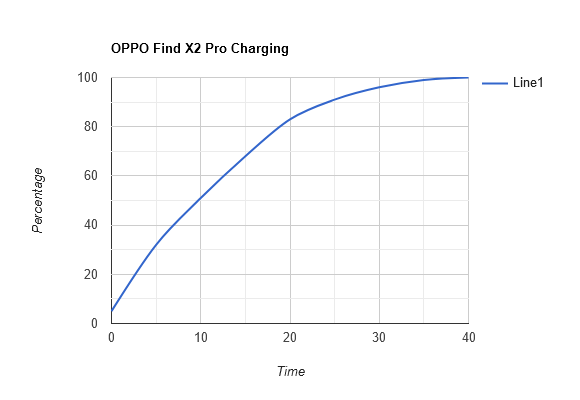
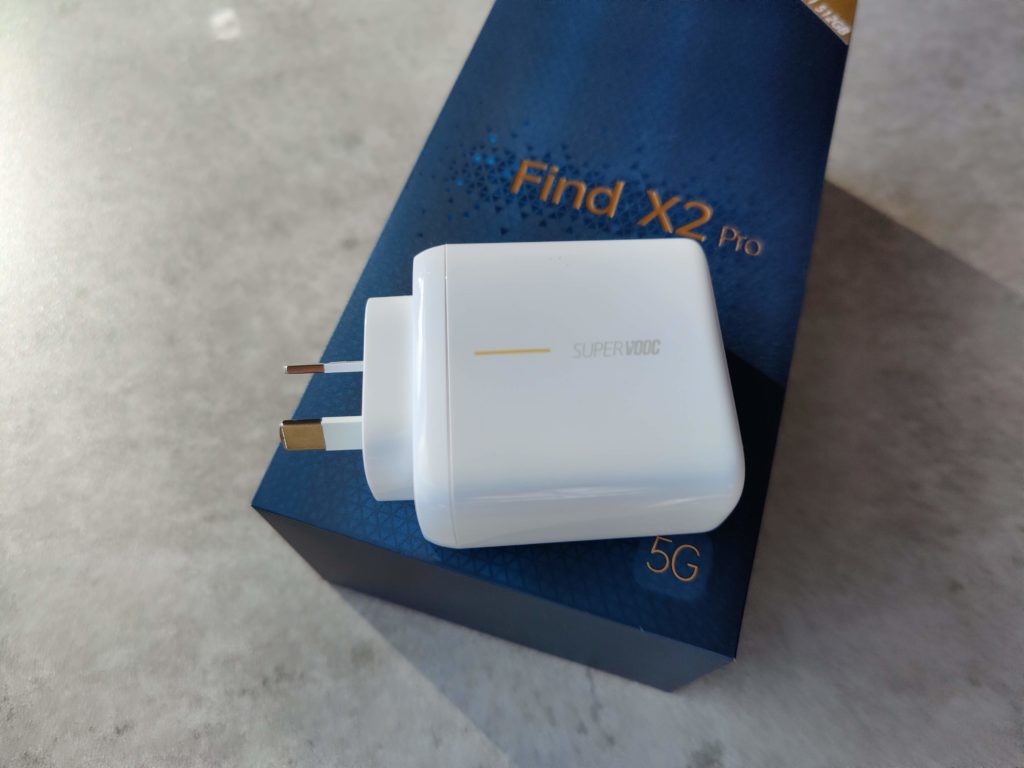

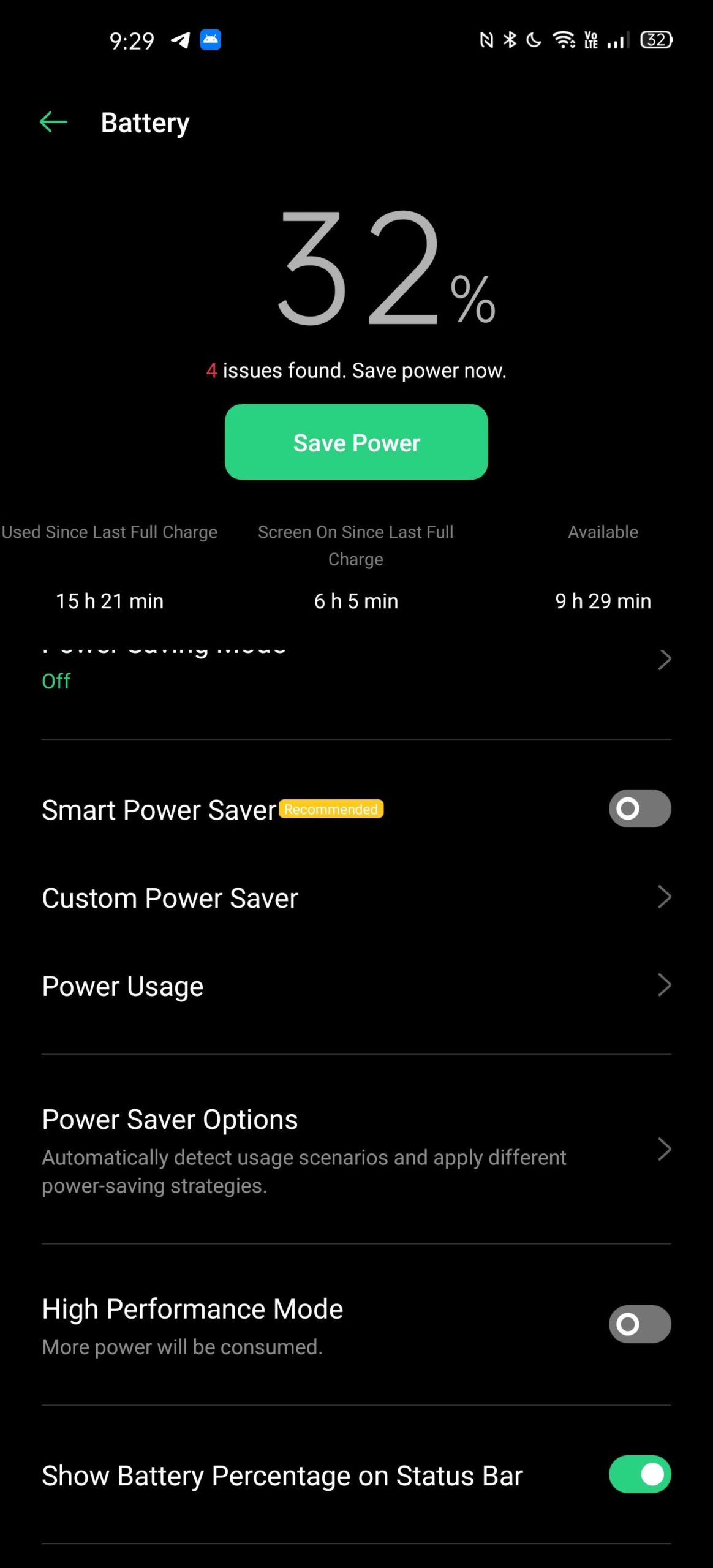

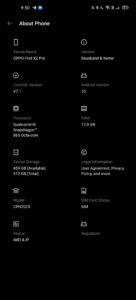


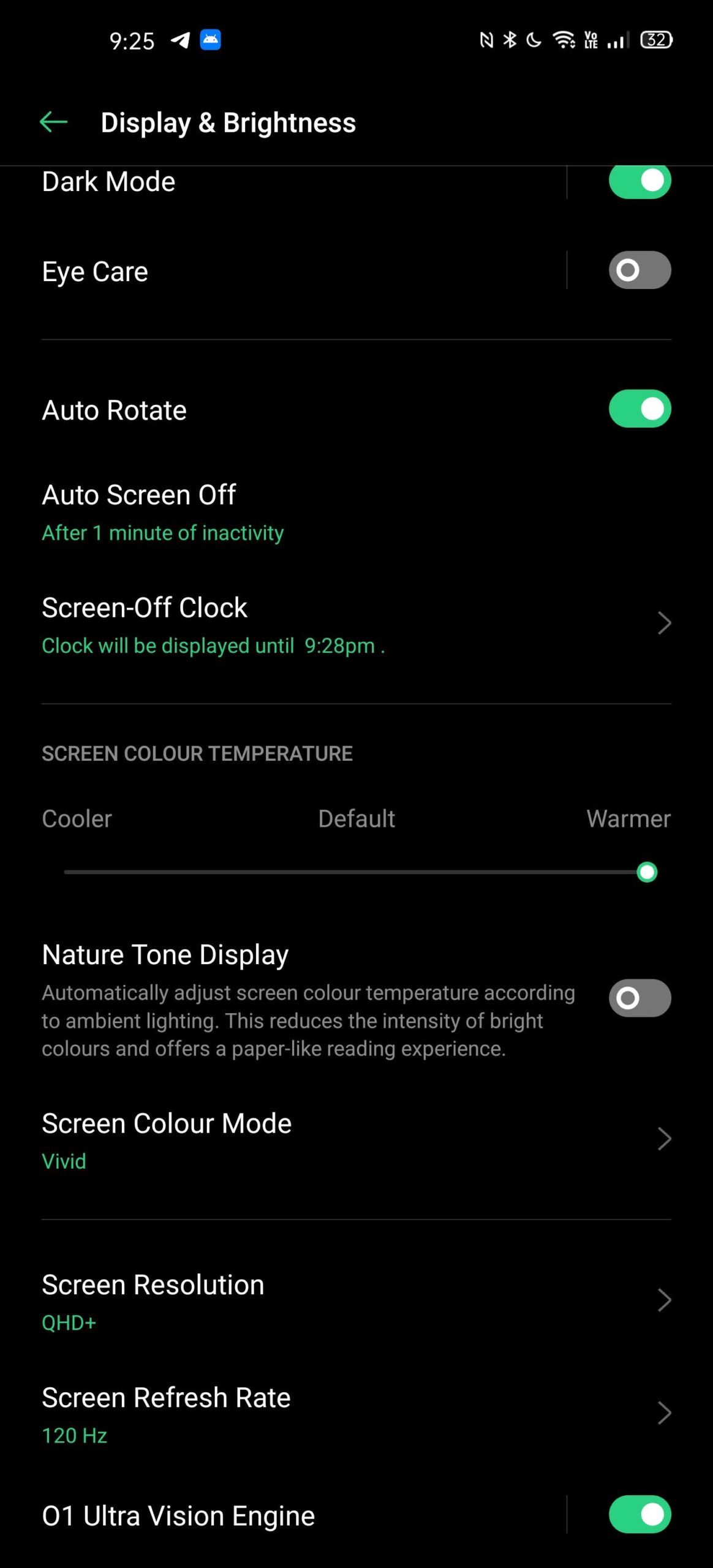


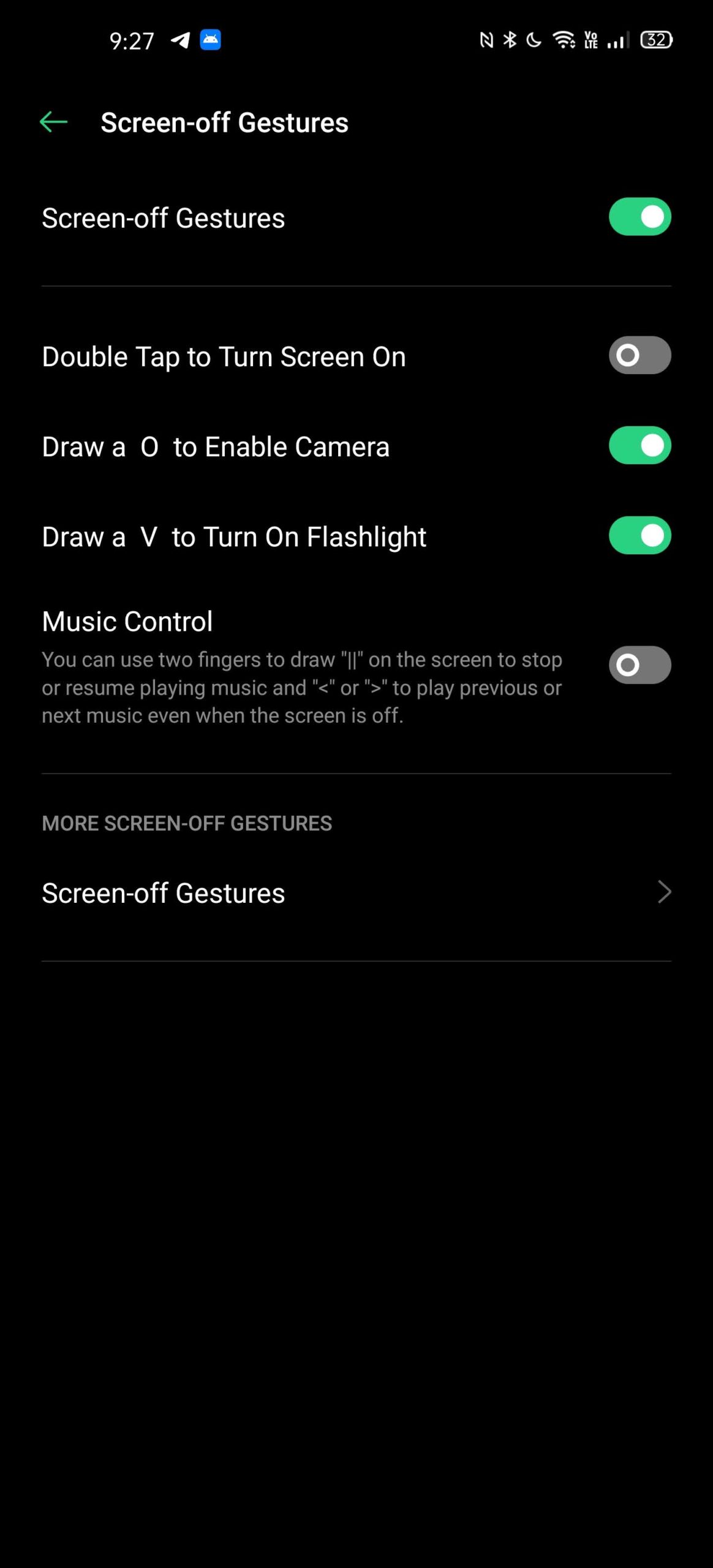
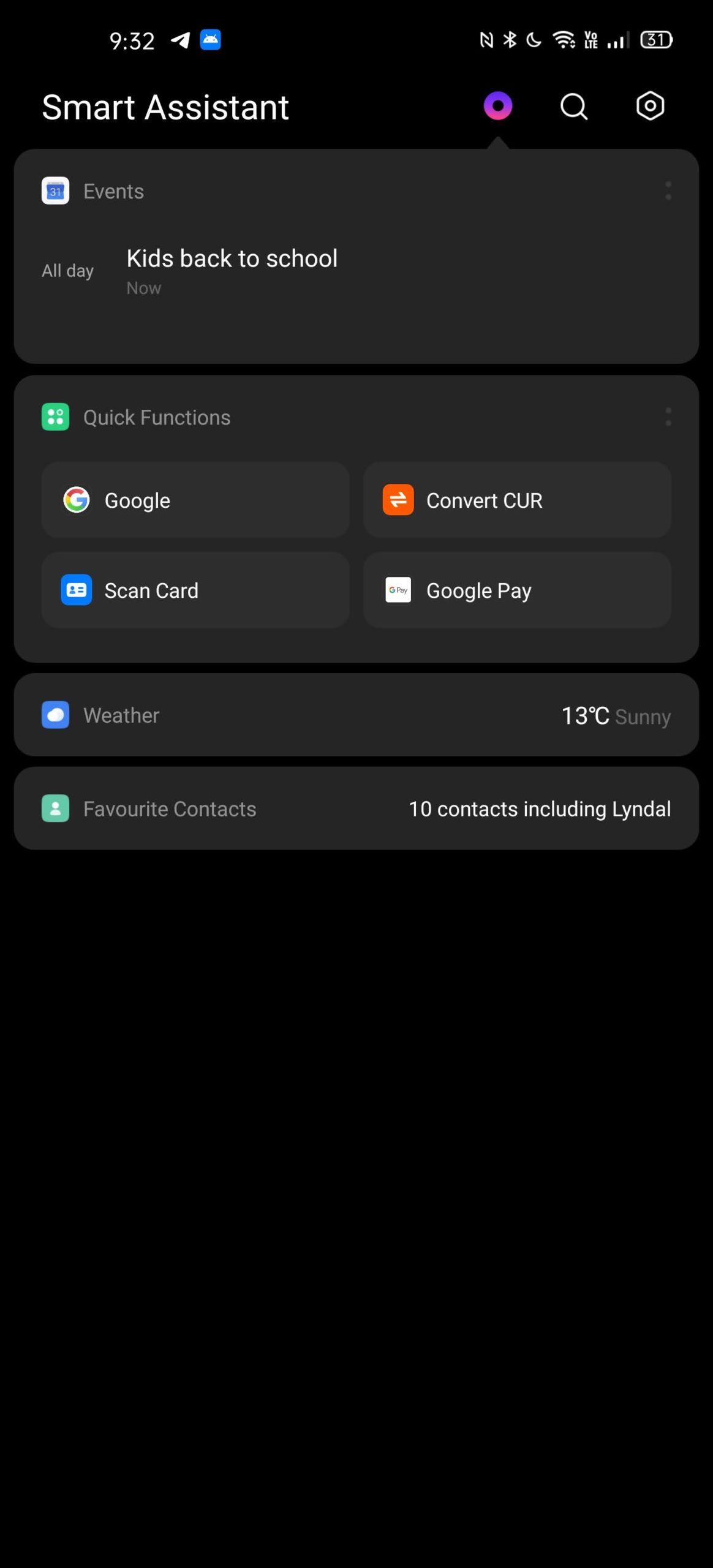
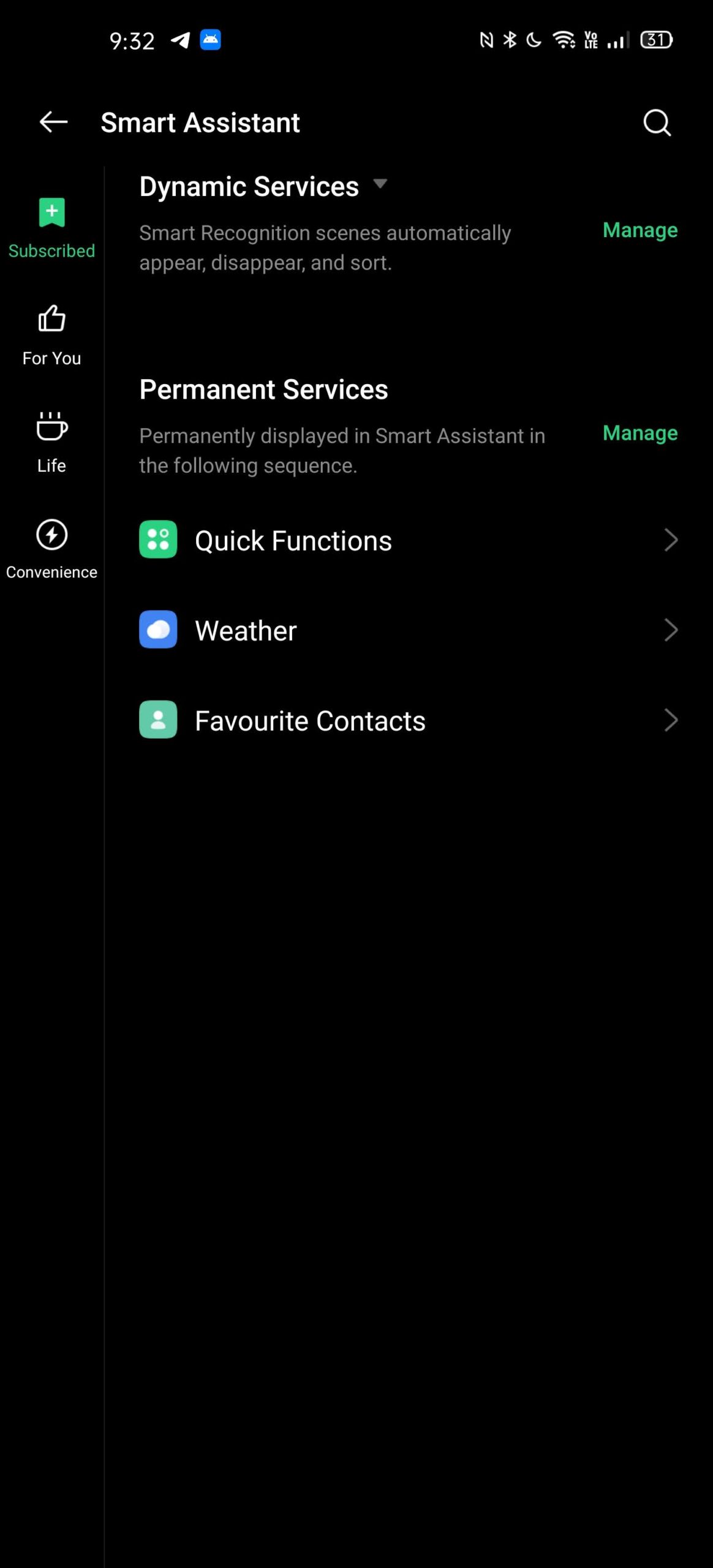



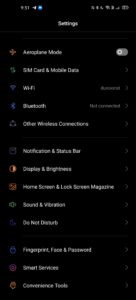

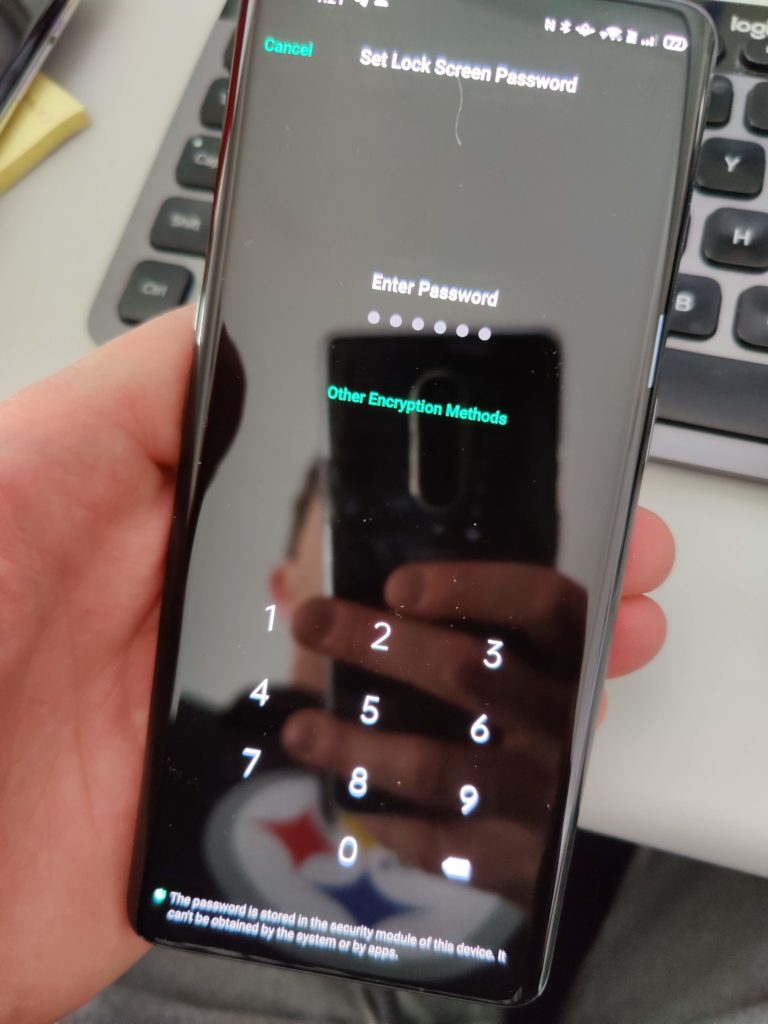

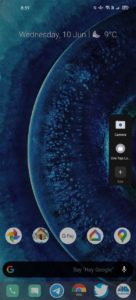
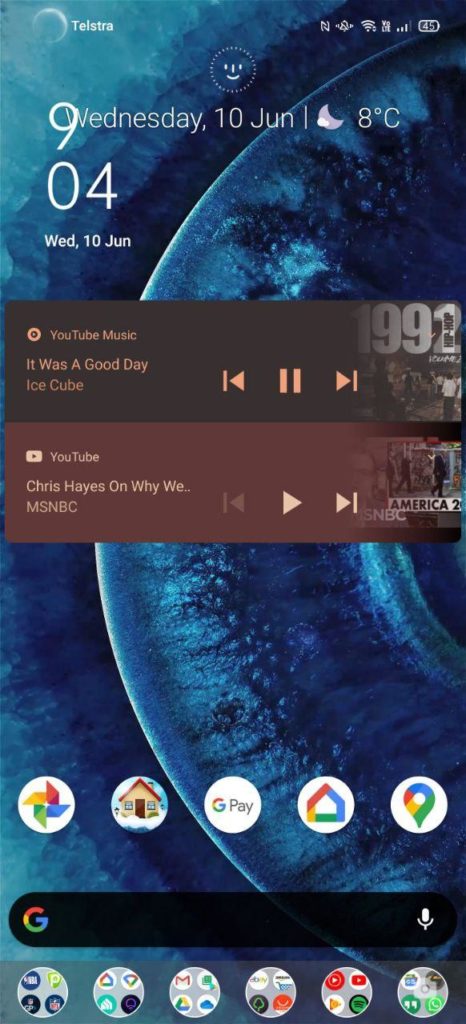
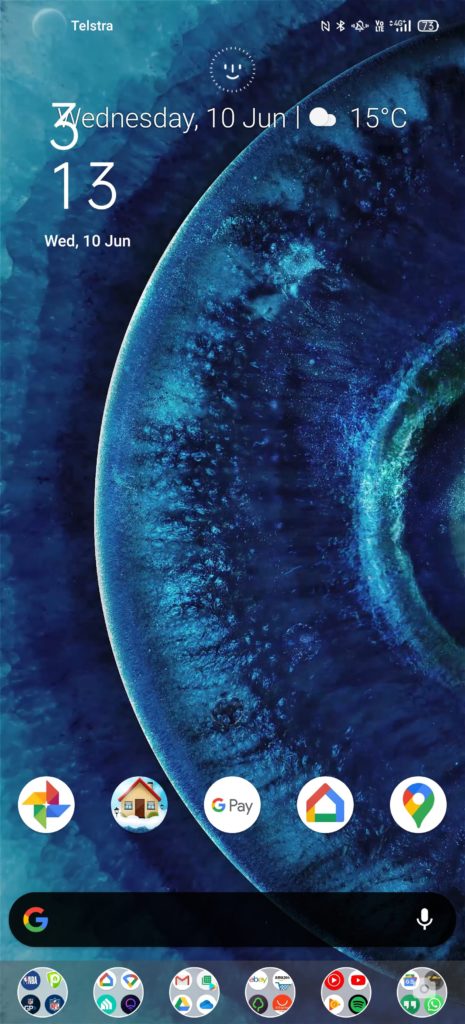
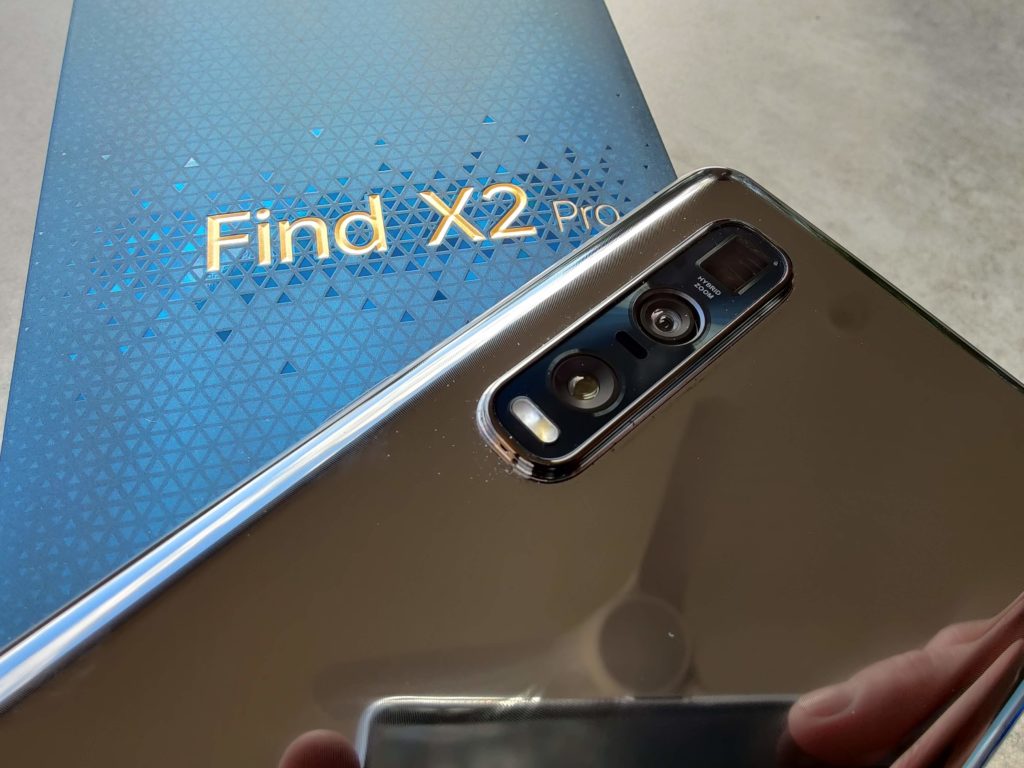
















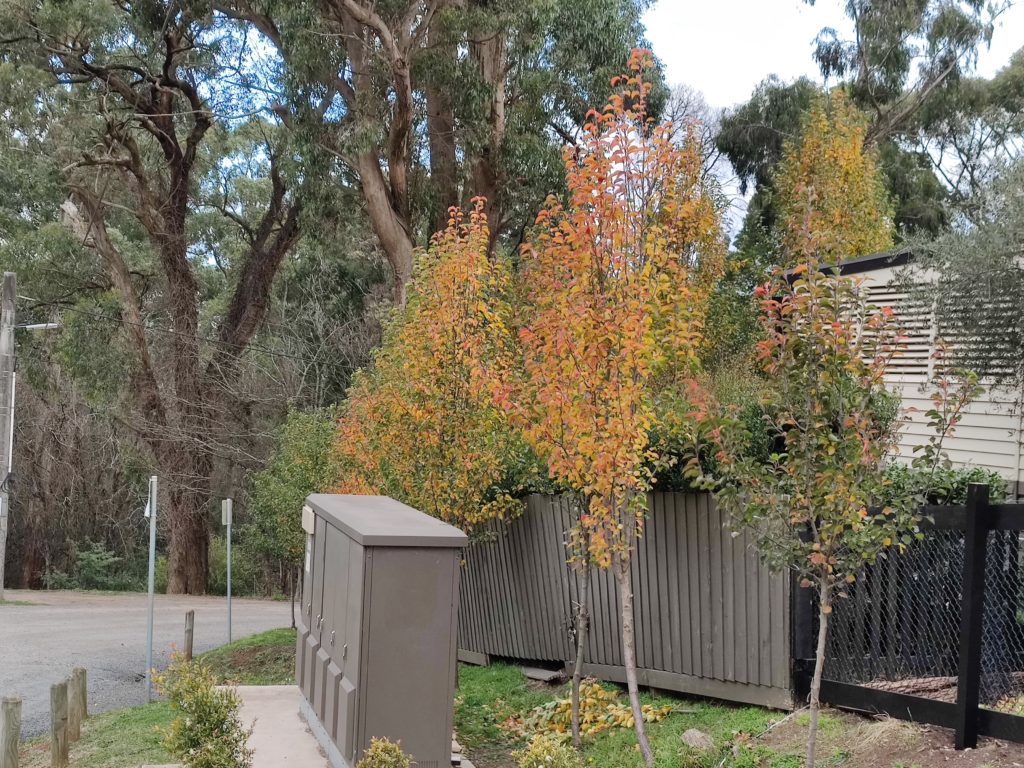
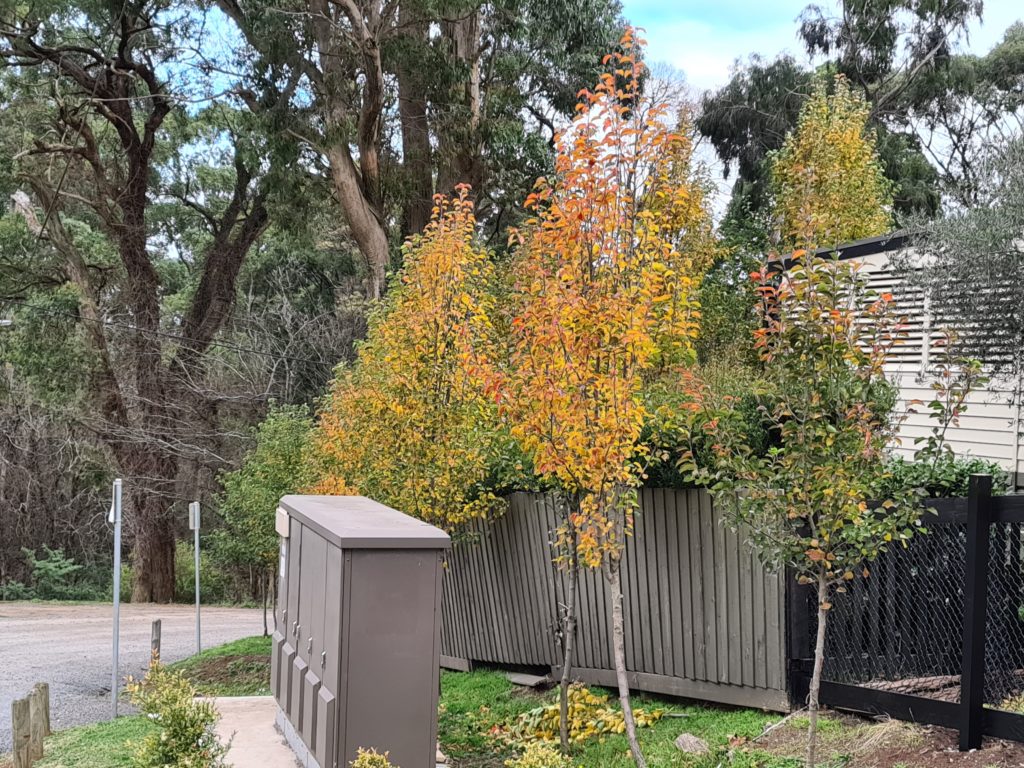
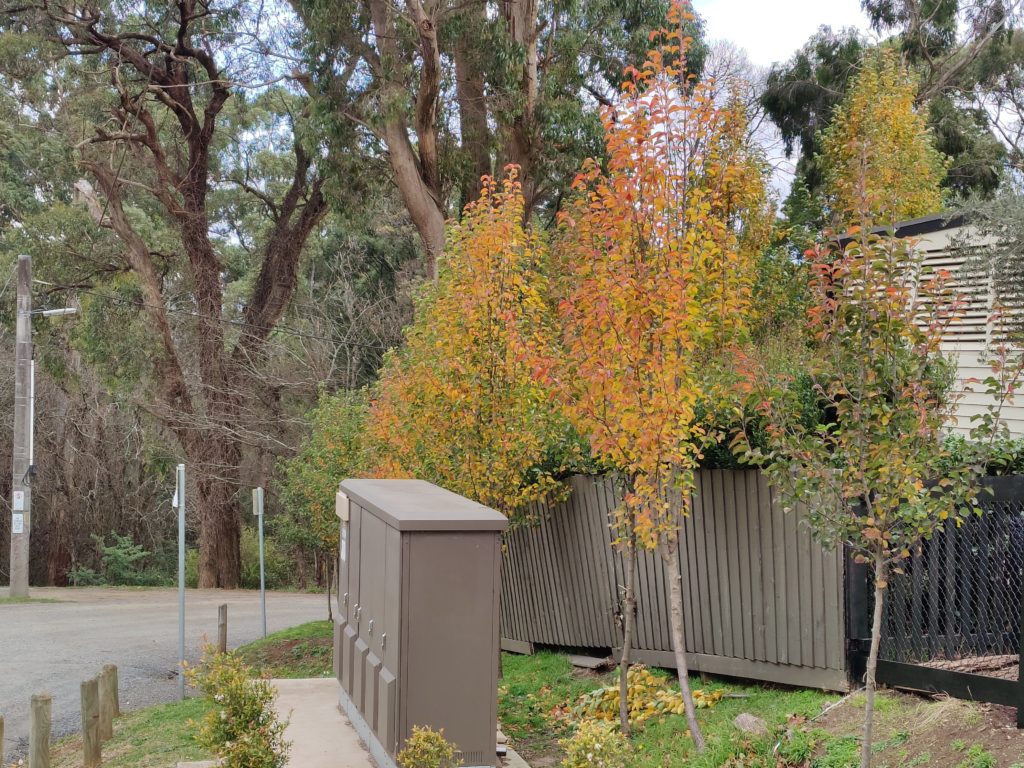




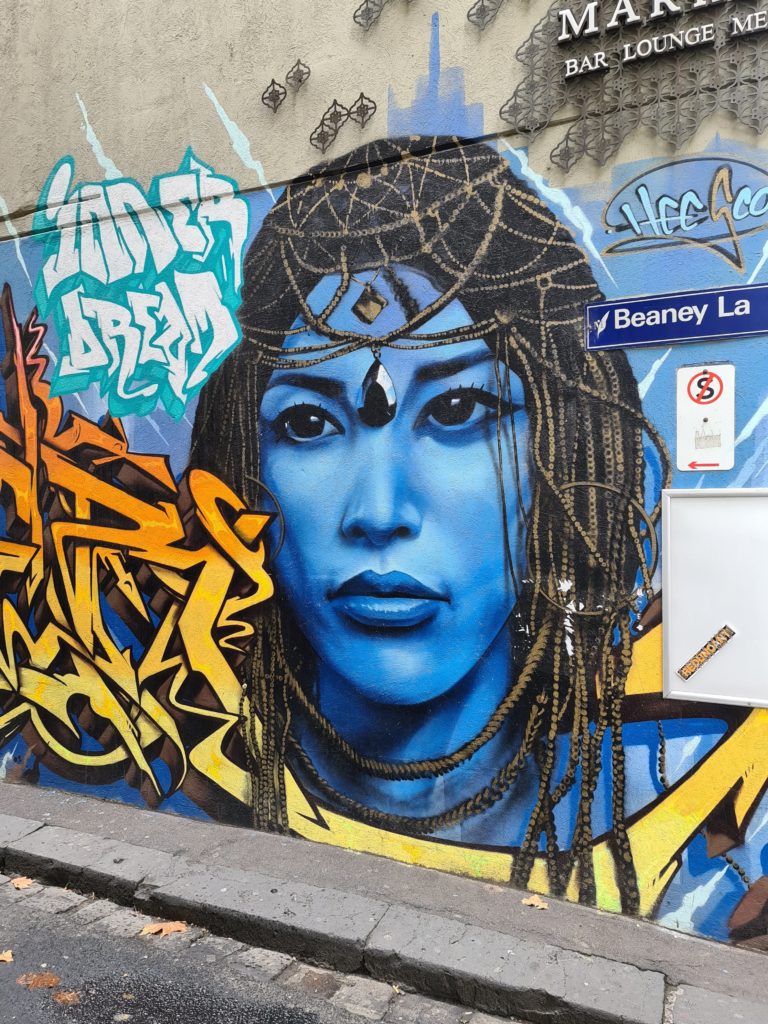





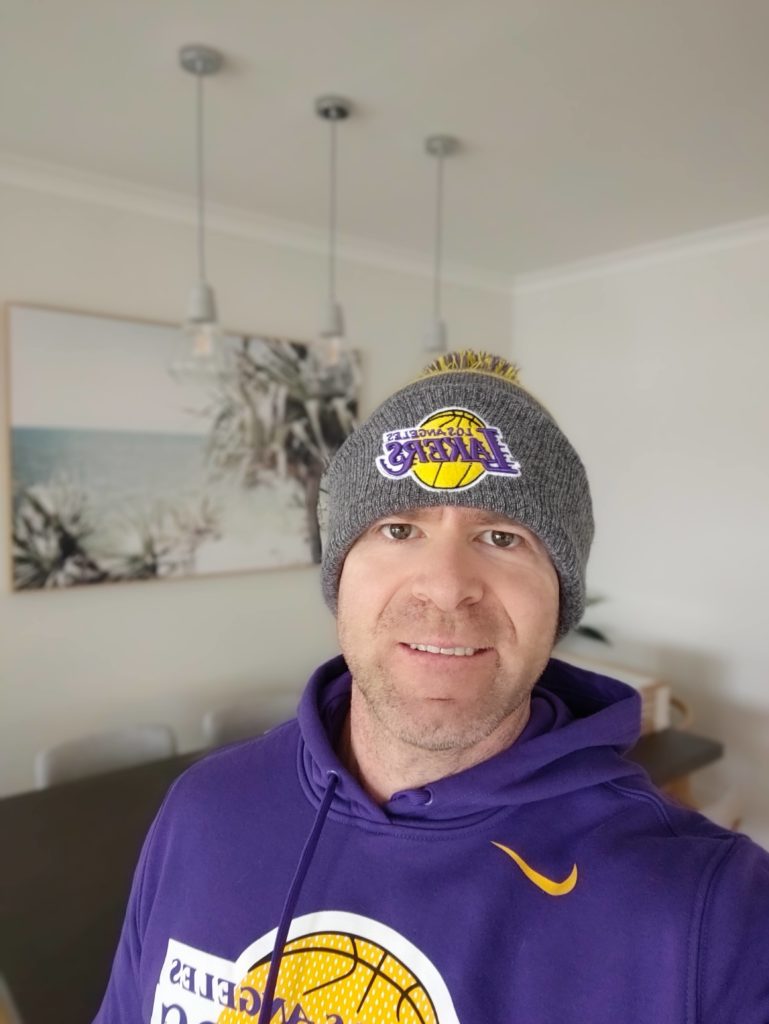






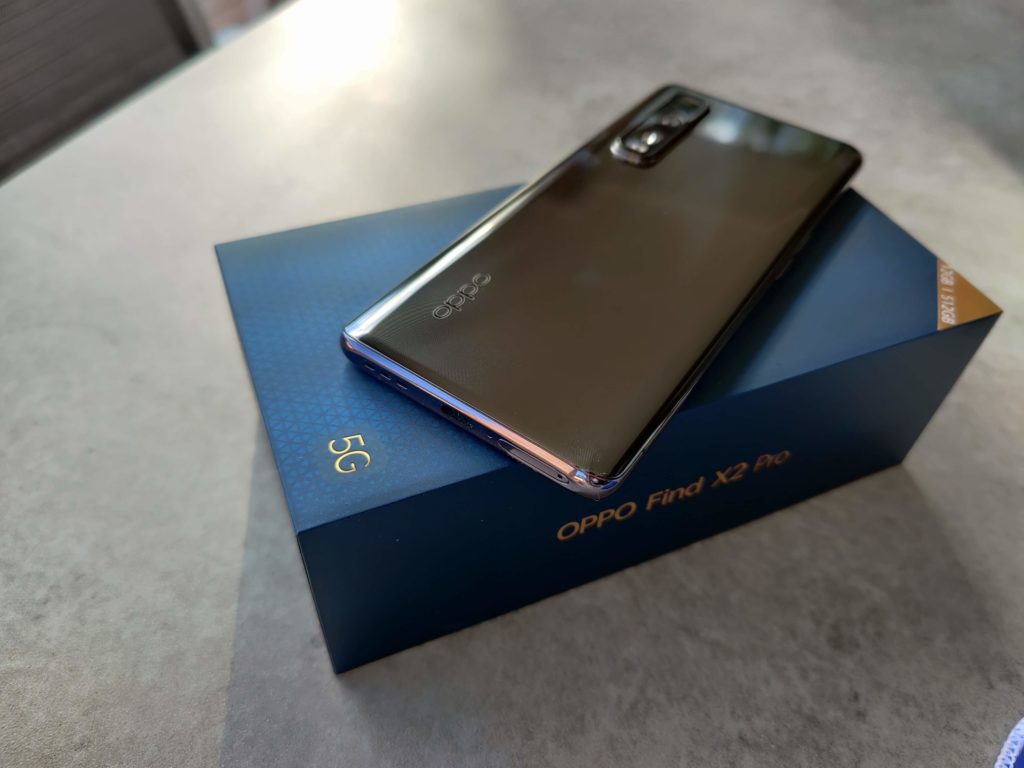



Good review mate . The find X 2 pro looks like a tempting device , but no wireless charging is a bit of a dunger , not a deal breaker , but it takes the shine off it , and probably not a gripe for every one , but damn it , a curved edge screen …. why oppo , why i ask ? my first curved edge screen ….was ok , my second curved edge screen was …. ok , my third curved edge screen , im just (insert swear word ....... )over them ! i came close to… Read more »
“i`m thinking i will wait and see if sammy makes a better job of the note 20 than the S20 variants this year”
You mean use Snapdragon 865 chipset? I’m waiting for that too before I decide on my next phone.
Exynos S20 variant is awful this year when compared to Snapdragon: Issues with overheating, 20% lower battery life, picture quality.
Indeed Tom , the 865 would be nice , having said that , im not anti exynos , i dont game and i could probably happily live with any discrepancies between the 865 and exy 1990 , but for me it is a matter of principle , (still use my S8+ , and Note9 exy models daily and they work ok for my not overly demanding use ). We global dudes that get samsungs exynos for some years have been getting a product that is just not quite as good as the snapdragon (and that difference seems bigger this year… Read more »
i have used both the S20 ultra and the find X2 Pro and i think that the extra stuff that oppo can do outweigh what it cant — the camera double tap is a huge one that i’ve approached them about in the past but the software overall has improved a lot. For example Sammy still don’t have Googles navigation gestures in their OS and Google’s gestures are quite good — there is a learning curve though. I actually don’t like vanilla android. I find Android One too boring for my liking. Pixel experience is better but Oneplus OxygenOS… Read more »
Thanks for the great review!
Having used Oppo A52 extensively with similar UI puts me off from buying another Oppo.
Pair this Great hardware with Oxygen OS and you’ll have a winner Oppo! Add that wireless charging too. It’s a disgrace not to have it on a phone in this price range. If Google Nexus 4 had wireless charging many years ago, by now, I expect it on every phone above $1k.
Single sim? Is this the telstra variant?
Yes. Telstra variant . But only single Sim in Australia
A big minus in my opinion considering that the $297 Oppo A52 has a Dual SIM *and* a 5000mAh battery!
Great review as always. Oppo is really pushing technology and innovation! Such a shame that ColorOS is still a hit and miss at times even after generations of improvements and fixes. All Oppo phones would be so easy to recommend if they were running a cleaner version of Android or Android One. ColorOS 7 does look good though, hopefully the bugs you mentioned in the review can be ironed out. Any chance of a Find X2 Lite review? That’s the device that stands out being a 5G phone with some awesome specs for $749. I was looking at… Read more »
Thanks.
The bugs aren’t massive, just an annoyance, better but not perfect yet .
We do in fact have a Lite on the review bench. Keep an eye out for Chris’ review in the next week or 2.
Thanks so much. Looking forward to it 🙂